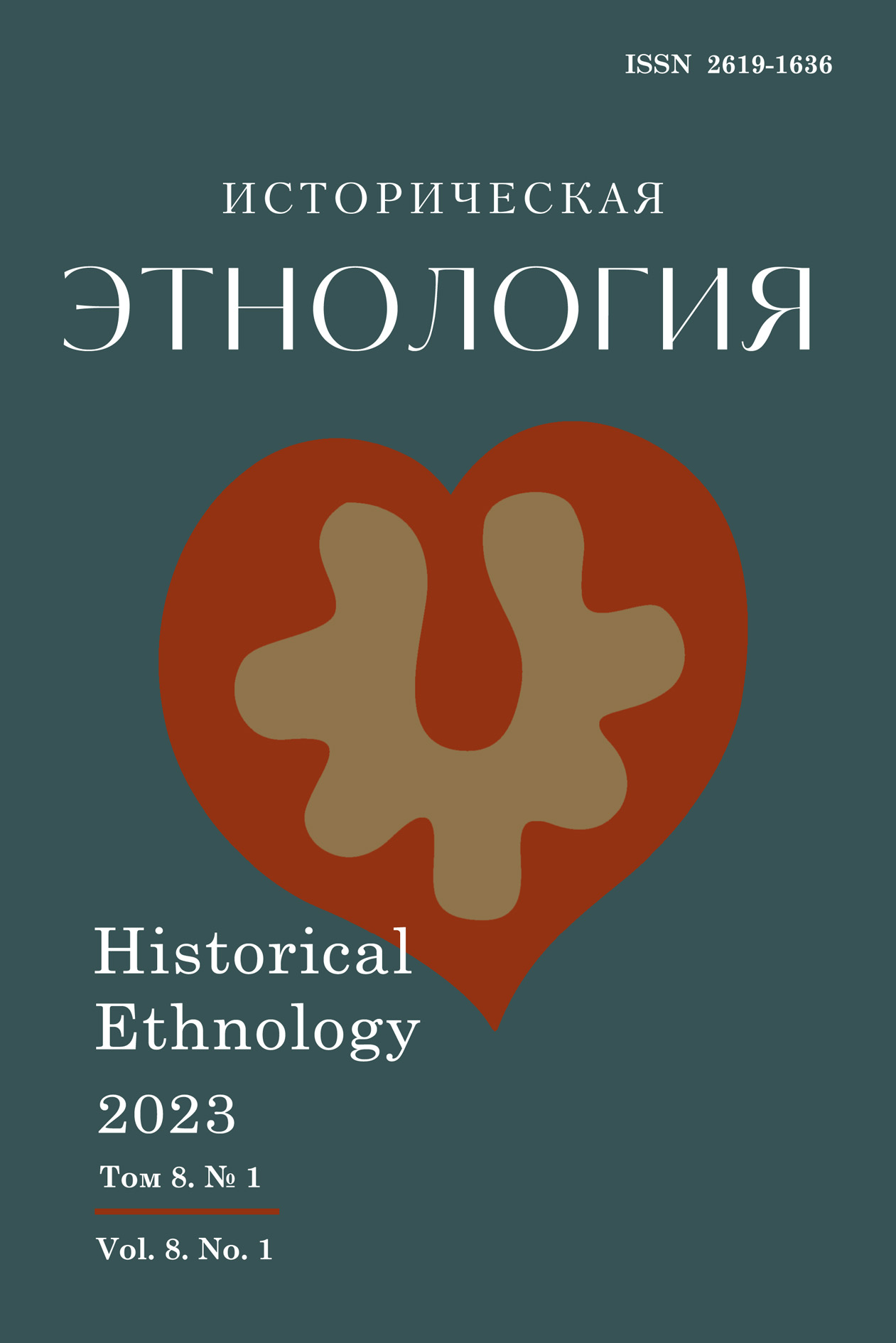
Main menu / 2023, vol.8, no.1 / Sadykov Sh.F.
Mosque-mekteb “Nugmania” in the Seoul city and its patron Gabdulkhak Nugman Sadykov Sh.F.
125-140 p. doi.org: 10.22378/he.2023-8-1.125-140 At present, Tatars can be found anywhere in the world, and each of them has their own story and different reasons for relocation to a new territory. Wherever fate takes Tatar people, the first priority for them is to unite with their compatriots, brothers in faith, organize a Muslim parish. This trait helped the Tatar people to preserve their self-awareness, identity, religion, and native language in different historical periods. The Tatars who relocated to Korea are no exception to these rule. This article, based on the materials of the newspaper Milli Bayrak, provides information about the activities of the mosque-mekteb Nugmaniya of the Seoul city and its philanthropist Gabdulkhak Nugman. Founded in 1926, the mekteb-mosque served as the main educational center for Korean Tatars for a long while. It was administered by the board of the Volga-Ural Turkic Tatars’ Cultural Society of the city of Keijo. Information about its activities can be traced only until 1944. Along with the name Seoul, its Japanese pronunciation Keijo is commonly used in newspaper articles. Today, the study of the history of our countrymen in exile is an important and relevant work in the field of accumulation, study and return of the rich cultural heritage of the Tatars. On the basis of these data, we can get acquainted with the state of the national education of the Korean Tatars, educational programs, the internal procedures of the school and teaching aids. In addition, the author has identified the names of individual teachers, patrons, public figures and has provided insights into the history of creating the school. The publication of new information, different opinions, individual photographs related to the school help to further reveal the essence and specifics of the Tatar people’s development. Keywords: Keijo, Gabdulkhak Nugman, “Nugmania” school, “Milli Bayrak” newspaper, nation, Tatar education, emigration For citation: Sadykov Sh.F. (2023) Mosque-mekteb “Nugmania” in the Seoul city and its patron Gabdulkhak Nugman. Istoricheskaya etnologiya [Historical Ethnology]. Vol. 8. No. 1: 125–140. DOI: 10.22378/he.2023-8-1.125-140 (In Tat.)
REFERENCES Adutov R.M. (2009) In the land of the Samurai: the Tatar diaspora and Muslim schools in Japan. Minbar [Minbar]. No. 2(4): 46–53. (In Russ.) About the author: Shamil F. Sadykov, Cand. Sc. (Pedagogy), Senior Research Fellow of the Center of History and Theory of National Education, Marjani Institute of History of the Tatarstan Academy of Sciences (7А, Baturin St., Kazan 420111, Russian Federation); mergen777@mail.ru
Received April 27, 2023 Accepted for publication May 31, 2023 Published Online October 23, 2023 |
Istoricheskaya etnologiya Historical Ethnology
Scientific journal







